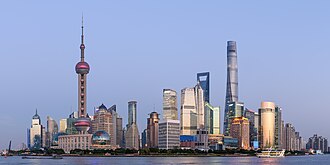
Rhodium prices have been quietly increasing, with a significant surge since the beginning of the year. This lesser-known metal is a member of the platinum group metals and is widely used in various industrial applications, including catalytic converters in automobiles. In fact, the majority of rhodium production is destined for these converters, making demand from the automotive industry a crucial factor in its market dynamics.
However, rhodium’s scarcity is a major challenge. With less than 10 mines globally producing significant amounts of rhodium, supply disruptions can have a profound impact on prices. South Africa is a dominant player in the rhodium market, contributing over 80% of the world’s supply. Historical events, such as mining strikes in South Africa in 2008, have caused price spikes and subsequent collapses in the rhodium market.

Despite being a critical industrial metal, investing in rhodium has been challenging due to limited investment options. The introduction of rhodium bullion, such as bars and rounds, has provided investors with a physical form of the metal for investment purposes. However, high premiums associated with rhodium bullion and liquidity issues in the market have deterred many investors from venturing into this niche market.

For those seeking exposure to rhodium without owning physical bullion, an ETF backed by physical rhodium offers an alternative. However, the limited trading volume and availability of this ETF on certain exchanges pose additional challenges for investors looking to capitalize on the potential upside in rhodium prices.

Major rhodium producers, including Anglo American Platinum, Norilsk Nickel, and Impala Platinum, are significant players in the market. While these companies mine rhodium as a by-product, the lack of pure rhodium plays in the stock market further complicates investment opportunities in the metal.
Looking ahead, the supply-demand fundamentals of rhodium remain solid, with expectations of a potential supply deficit in the future. However, the inherent challenges in investing in rhodium, such as liquidity constraints and limited investment platforms, continue to pose obstacles for those considering entering this market.
As the rhodium market evolves and demand for the metal increases, addressing these investment hurdles will be crucial for attracting more investors to this unique sector. Despite the current limitations, the allure of rhodium’s industrial applications and potential for price appreciation may continue to draw interest from those willing to navigate the complexities of investing in this rare and valuable metal.



